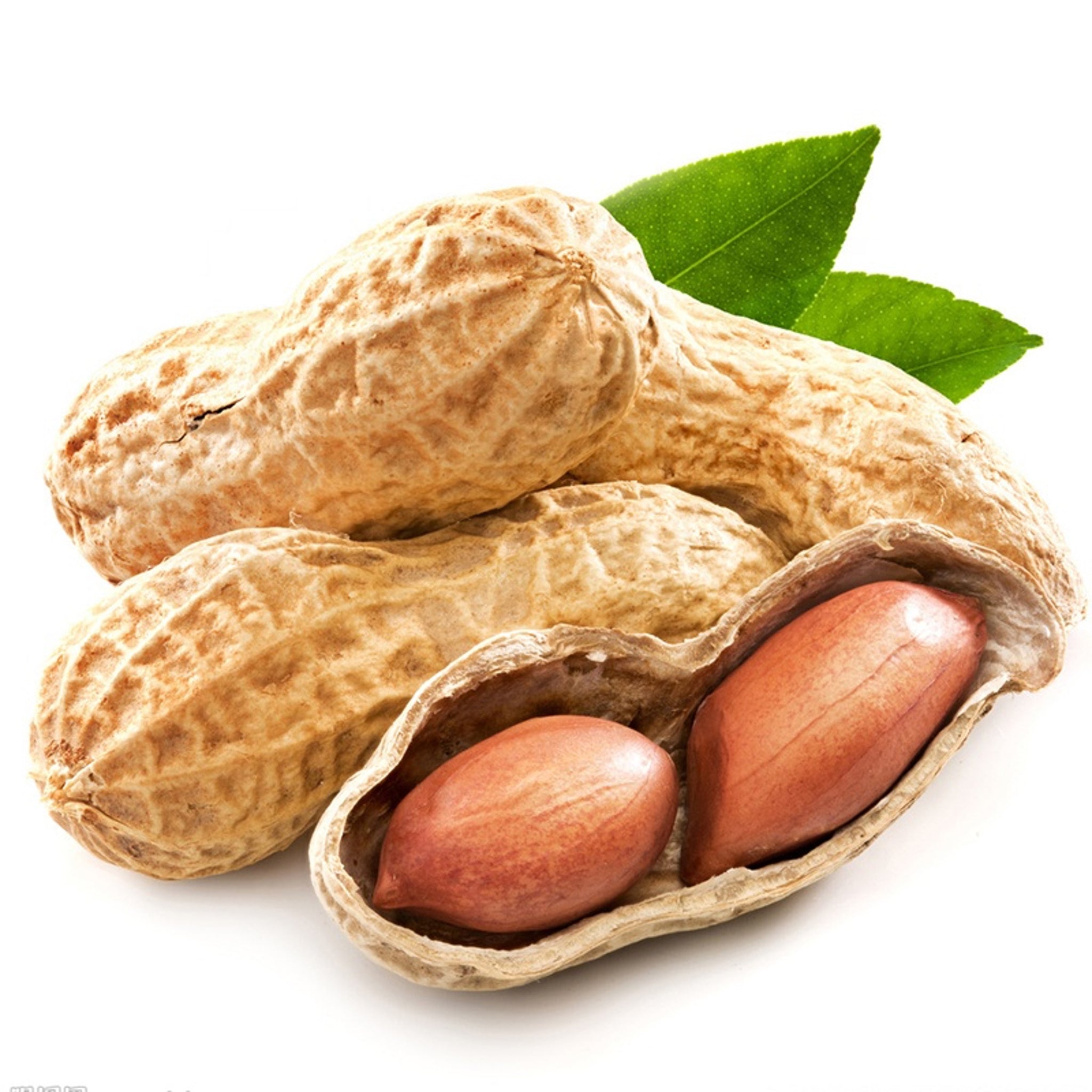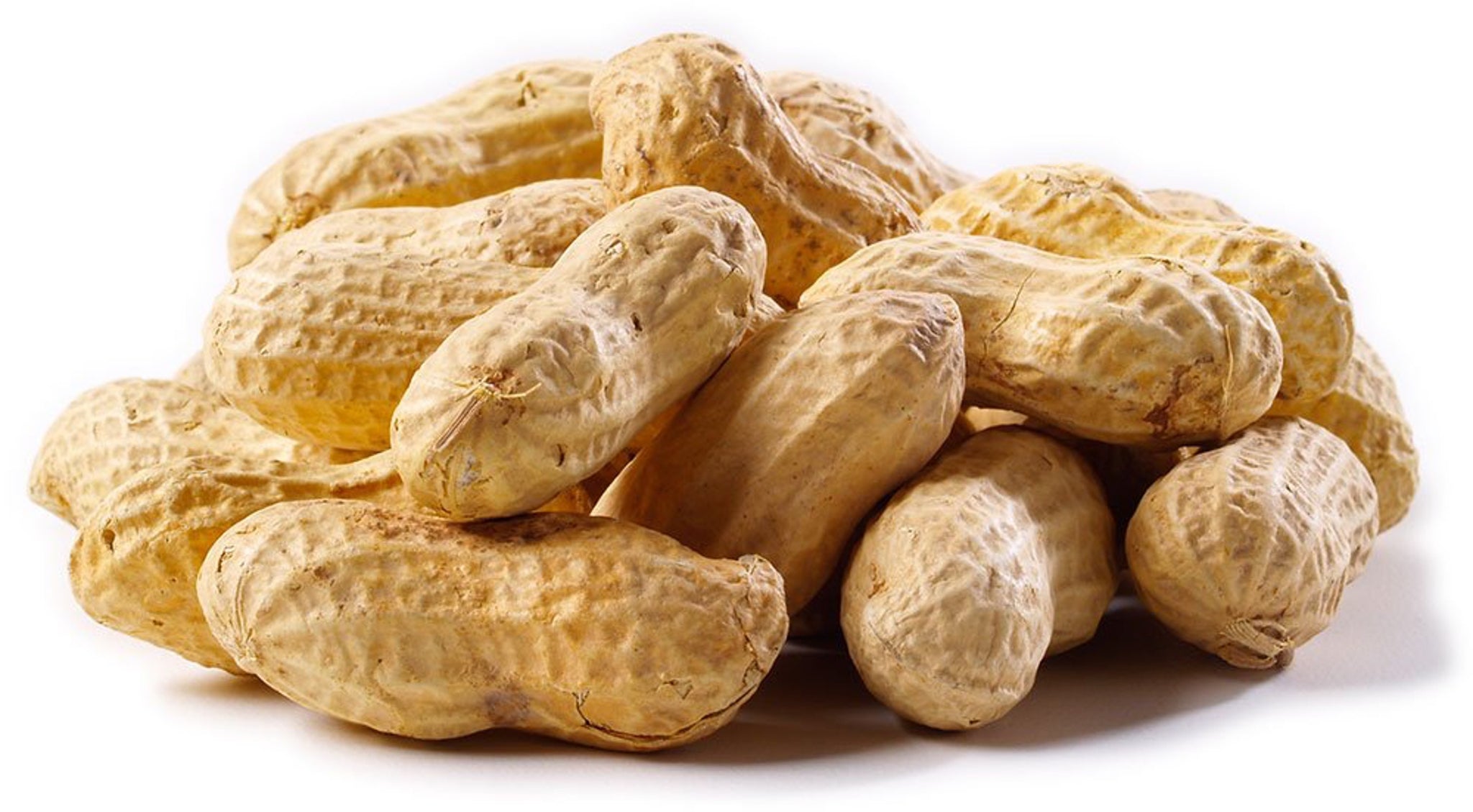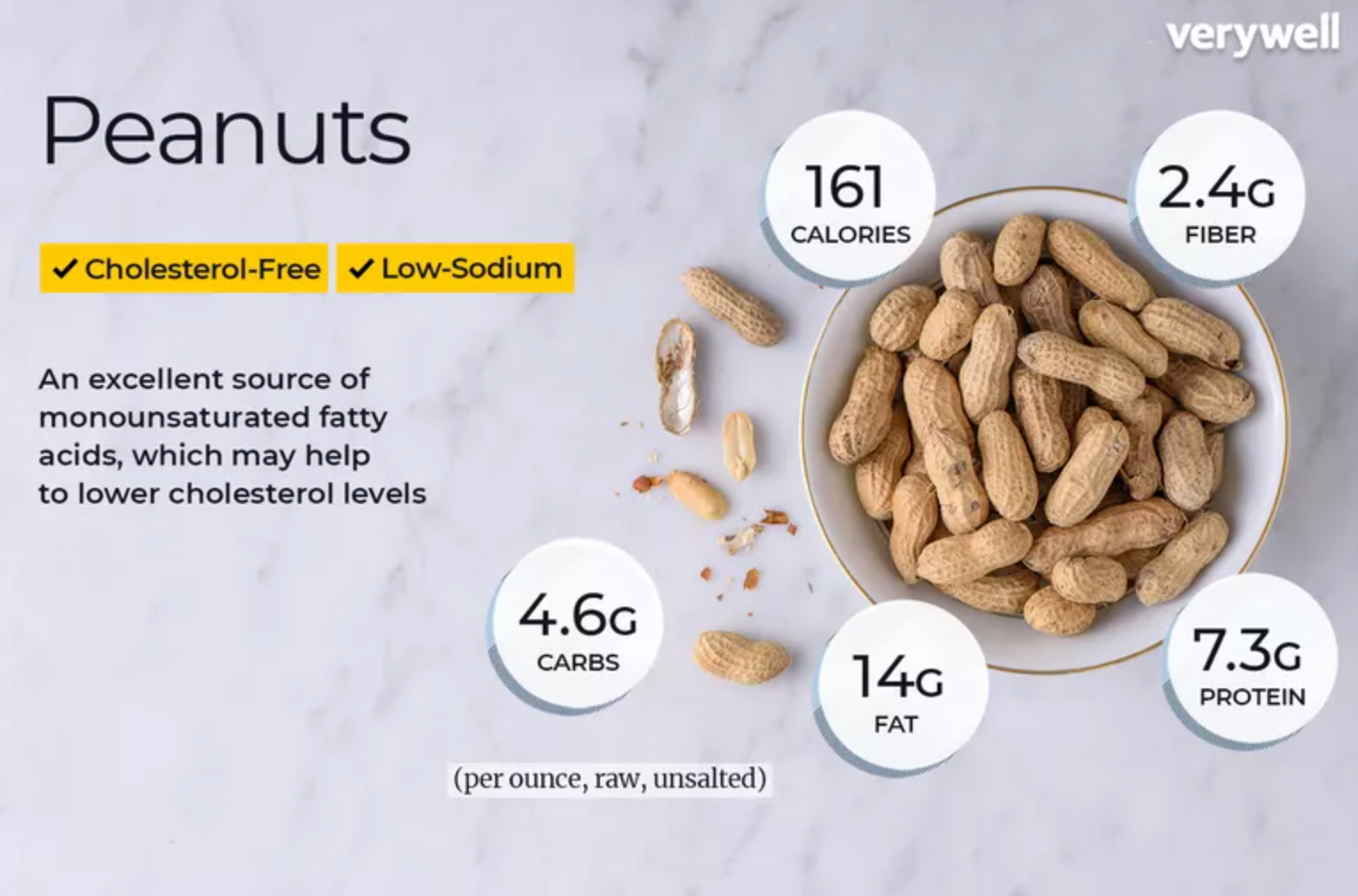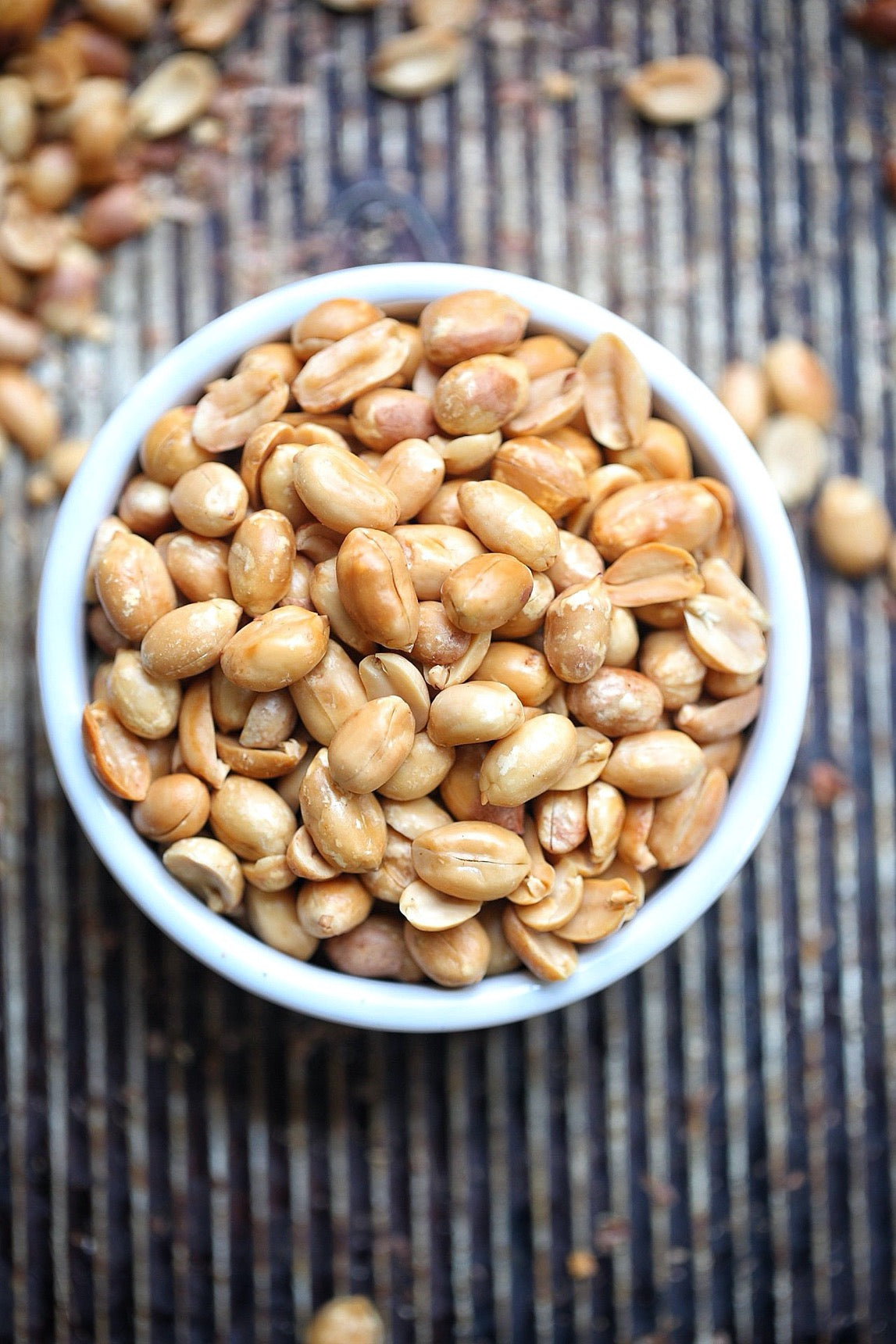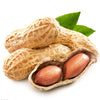Fresh Peanuts
Fresh Peanuts
Available:
Out of Stock
- Product Weight: 454 g
- Category: Fresh Fruits & Vegetables, Grocery & Gourmet Foods, Out of Stock, Vegetables
$4.99
Fresh peanuts grow at the end of green shoots, called pegs, that appear once the plant’s yellow flowers blossom and wilt. The Peanut pods grow underground at the end of the pegs and develop hard, tough outer shells. Each light tan Peanut pod contains an average of 2 or 3 white seeds shrouded in pale brown skins. Fresh Peanuts do not need to be cooked before consuming and offer a mild, buttery flavor, with a slightly starchy texture.
Seasons/Availability
Fresh Peanuts are available year-round, with a peak season in the late summer and early fall months.Current Facts
Fresh Peanuts, also known as Groundnuts, are botanically known as Arachis hypogaea and are technically a legume and not a true nut. Peanuts are one of the most important oilseed crops in the world, cultivated for their seeds which contain up to 50 percent oil. Freshly harvested peanuts often sold while still attached to their thin-stemmed, leafy greens are considered “green” peanuts and have a moisture content between 35 and 50 percent. Raw Fresh Peanuts are air dried to a moisture content of 10 percent, allowing them to be stored for longer periods of time and making them available year-round.Nutritional Value
Fresh Peanuts are an excellent source of dietary fiber and protein and are a source of iron. They contain resveratrol which provides beneficial antioxidants and anti-inflammatory properties. Some people are highly allergic to legumes like peanuts and must avoid peanuts or recipes that include them.Applications
Fresh Peanuts are can be eaten raw, directly from the shell, they can be roasted, boiled, or pureed. The most popular ways to enjoy Fresh Peanuts is boiling whole, in the shell, cooled and served alongside beers. Boiled Fresh Peanuts can be stored in the refrigerator or frozen. Fresh “Green” Peanuts need to be boiled longer than raw Fresh Peanuts which have a lower moisture content. Shell and remove the skins before adding whole or chopped peanuts to green or chicken salads. Added them to raw recipes like salads, soups, or raw desserts. Fresh Peanuts can be used in place of garbanzo beans for hummus, they can be added to homemade trail mix or granola. They are perfect for blending and making into peanut butter. Store Fresh Peanuts in a cool, dry place for a few days, for longer storage, store in an airtight container and freeze for up to a month.Ethnic/Cultural Info
The National Peanut Festival has been held annually in Dothan, Alabama since 1938. Located on the border of Georgia and Florida, more than 50 percent of peanuts grown in the United States are grown within a 100-mile radius of Dothan. George Washington Carver, agronomist, agricultural chemist and inventor, saved the cotton industry by convincing farmers to instead grow peanuts, soybeans and sweet potatoes after boll weevil infestation devastated cotton crops in the early 1900s. He was a speaker at the very first National Peanut Festival.Geography/History
Peanuts are native to western South America in what is now Peru, Bolivia and Paraguay. Fossilized Peanut hulls were found in the Nanchoc Valley of Peru that date back 5,000 to 9,000 years. Portuguese explorers carried peanuts to Western Africa and were spread around the globe through spice traders. Peanuts grow best in wet, warm to hot climates with high humidity like the Southern United States, South Pacific islands, and the rainforests of South America, replicating its native environment. However, they can be grown in more temperate climates with greater attention and care. They grow best in loose soil which allows the flower shoots to implant themselves in the ground. Fresh Peanuts are harvested when the entire plant is all but dead and yellowed. “Green” peanuts, which are the freshly harvested pods, are primarily available for a short time during the harvest season in growing ranges. The air-dried, raw Fresh Peanuts may be spotted at farmer’s markets.
Fresh peanuts grow at the end of green shoots, called pegs, that appear once the plant’s yellow flowers blossom and wilt. The Peanut pods grow underground at the end of the pegs and develop hard, tough outer shells. Each light tan Peanut pod contains an average of 2 or 3 white seeds shrouded in pale brown skins. Fresh Peanuts do not need to be cooked before consuming and offer a mild, buttery flavor, with a slightly starchy texture.



